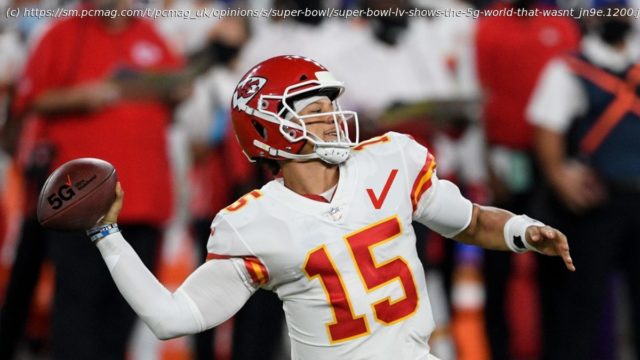Finally! Verizon provides a use case for 5G in packed sports stadiums, but in a locked-down pandemic world, who cares?
(Photos: Nick Wass/AP/Shutterstock, Verizon) One of the biggest struggles in proving the value of 5G is demonstrating, two years in, anything it can do in the real world that’s different from 4G. At the Super Bowl this year, Verizon has one solution—letting you switch between seven high-def camera views from the field. This requires so much bandwidth, to so many people, that it wouldn’t be possible with 4G. They could be doing a lot more, too. Broadcast cameras should be connected by 5G streams rather than fiber, for instance. (They’re waiting for network slicing, an upcoming 5G feature, to do this.) Facial-recognition systems can verify large crowds of ticket-holders with 5G, as long as you’re okay with the privacy implications of that. And so forth. Millimeter-wave 5G shines in controlled areas with large numbers of people or devices. Stadiums. Concerts. Theme parks. Wedding venues. Malls. If you look at the typical clock of install-to-solution, it’s been about two years since we had our first Verizon sales pitches of what to do with mmWave, so right about now, we should see it happening in real life. Watching these solutions bloom could really take the disappointing sting out of the poor performance of “nationwide” 5G and really get people excited. But. At a Qualcomm conference in the Before Times, Verizon CTO Nicki Palmer told me about how excited she was to install mmWave at Disney World.






